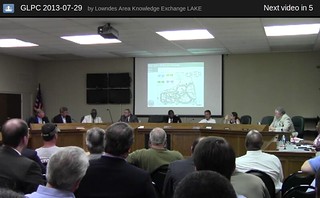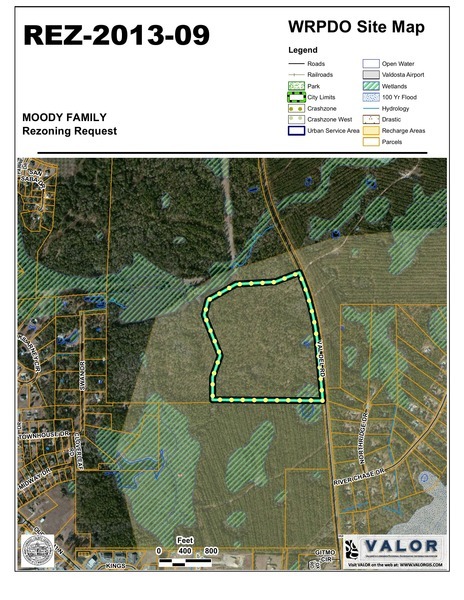Update 2024-09-11: Videos: Loch Laurel Road subdivision tabled; Pine Grove Road townhouses passed; TIA Orr Road Extension @ LCC Regular 2024-09-10.
The Lowndes County Commissioners spent quite a while discussing whether they would table 5.a. REZ-2024-15 Loch Winn Farms, LTD, ~62ac, R-A to R-1 – R-A, indicating they probably would, but informing the public was difficult, because the actual decision would be made at the Regular Session the next day.
They did not have as much discussion about tabling for 5.b. REZ-2024-16 Pine Grove Road Townhouses, 6.3ac, C-H to P-D, which may well be a signal that they won’t table.
Both rezoning cases were not heard by the Planning Commission due to a lack of quorum.
![[Collage @ LCC 9 September 2024]](http://www.l-a-k-e.org/govt/loco/2024-09-09--lcc-videos/many.jpg)
Collage @ LCC 9 September 2024
They didn’t have much to say about the $1,175,000 6.a. Orr Road Extension, P.I. 0016273 – TIA Project Agreement. Sure, that’s state money, but it’s still your tax dollars.
Below are links to each LAKE video of each agenda item, with a few notes by Gretchen Quarterman, followed by a LAKE video playlist.
See also the Continue reading
![[Packet: Collage @ GLPC 2024-08-26]](http://www.l-a-k-e.org/govt/glpc/2024-08-26--glpc-packet/many.jpg)
![[Collage @ GLPC 26 February 2024]](http://www.l-a-k-e.org/govt/glpc/2024-02-26--glpc-videos/many.jpg)
![[Valdosta and Lowndes County cases @ GLPC 2024-02-26]](http://www.l-a-k-e.org/govt/glpc/2024-02-26--glpc-packet/many.jpg)
![[Collage @ GLPC 28 November 2022]](http://www.l-a-k-e.org/govt/glpc/2022-11-28--glpc-videos/many.jpg)
![[Collage @ GLPC 2022-11-28]](http://www.l-a-k-e.org/govt/glpc/2022-11-28--glpc-packet/many.jpg)
![[Clyattstone Road]](http://www.l-a-k-e.org/govt/loco/2020-05-26--lcc-packet/clyattstone-road.jpg)



